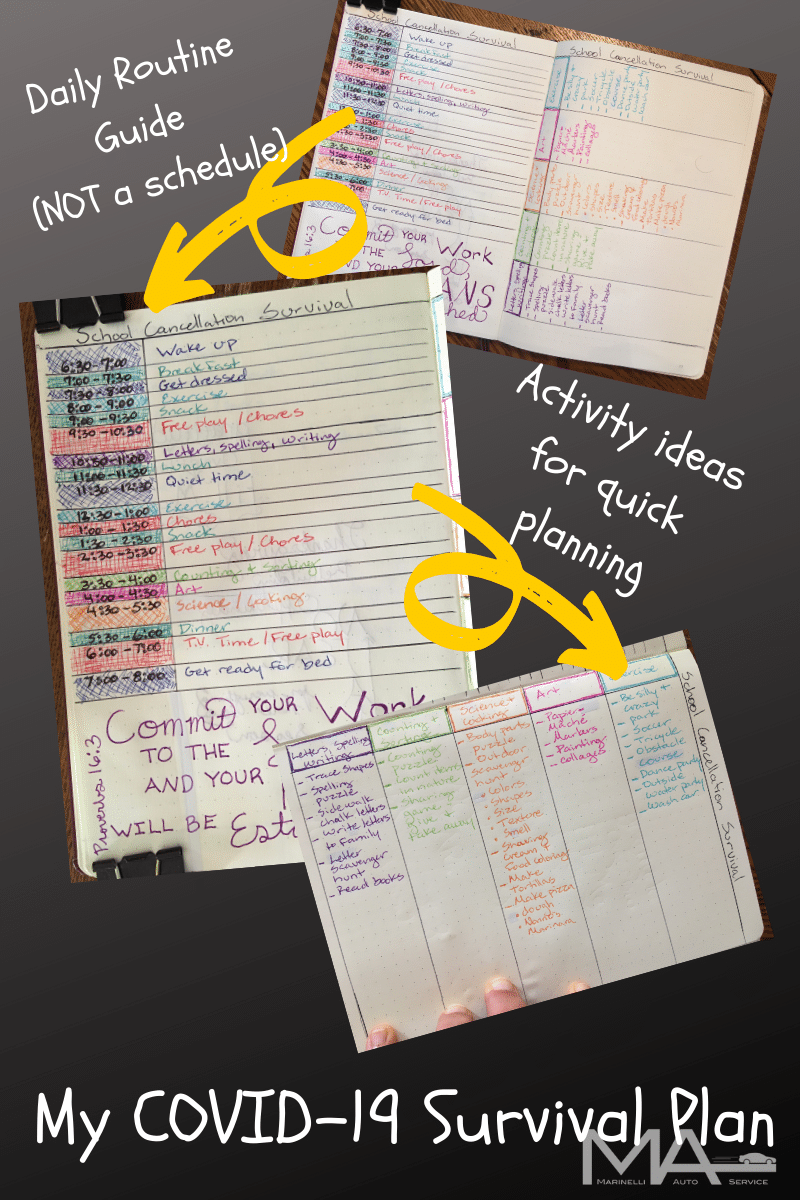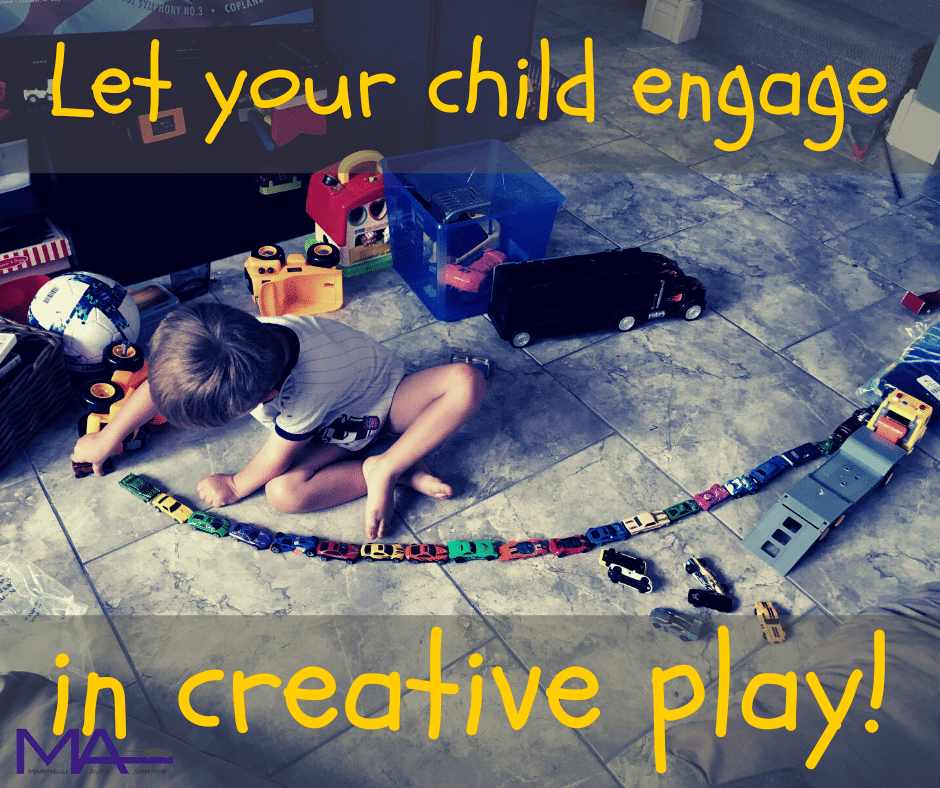As we watched from the other side of the world, we sent our “thoughts and prayers” to China as COVID-19 swept their nation this past December and into the new year. I, like many, thought, “Oh, that’s sad,” then moved on with our daily lives as the news drifted in and out of our fast paced lives. The virus quickly travelled west as Europe started putting up red flags – Italy getting hit especially hard. Various international business and parenting Facebook groups that I follow cried out as they were quarantined in their homes with their family – children especially going stir-crazy. These virtual group members supported them and offered ideas for passing the time and expending pent-up energy.
March greeted us and the deadly virus was no longer on the other side of the world. It was in our backyard. Before we knew it, the Coronavirus lingered by our front door as it haunted our every move. We began to argue about it’s severity, about precautions, and whether the media is fear mongering.
Then reality hit. Schools, businesses, the entire entertainment industry – including the American’s beloved national and collegiate sports teams – shut down. Now so many of us, if we’re blessed enough to still have a paying job, are working from home – myself included.
Our kids are also at home because childcare and/or schools are closed (again, our family is no exception), which poses a conflict. How can I be productive working from home when my kids are home? You’re probably also asking, since my kids are not in school, how do I keep them engaged in academic activities so that they don’t fall behind once schools open again?
Social media has allowed these families to come together and support each other in schooling their children at home. Teachers have piped up and offered assistance. Many of these families have never considered homeschooling and never had the opportunity to learn how to teach a child, much less actually do it. Adding the need to be productive with your own work, this has been a major challenge for most families in the U.S.
I feel modestly prepared to take on this task with my preschooler. Our life has not had a “normal” routine since he was born more than 3 years ago. I have never really “left” my job; I’ve switched back and forth between working from home and working at the shop. I’ve had to work full-time for the past 18 months while still having our son around for a good portion of the day. I’m fortunate that Andrew and I both have education degrees, tons of experience with kids, and come from families full of teachers. My mom and mother-in-law have especially been helpful, having decades of experience teaching preschool – elementary school children.
In the time I’ve wandered back and forth between working from home and working at the shop with a toddler in my care, I’ve learned some great lessons that have made this full-time working and schooling from home a reasonably smooth transition.
1. Create a routine and stick to it
Think about what a normal routine was like for your child when they were in school and/or childcare. Write out that hourly routine and consider how you might replicate that at home. Just like you have a normal routine for your work-day, they also have a school-day routine that keeps them grounded and productive.
Older children may have been sent schoolwork packages to keep them on track with each subject in their curriculum, but what about electives and extra-curriculars? How many times a day did they have recess? Did they have a set reading or study time? What time did they eat lunch? What time did they get to school/come home from school?

Like the older children, keep babies’ and toddlers’ snacks, lunches, and quiet times on a similar time schedule. Just because they don’t get tested or graded, doesn’t mean you should usurp learning activities. Keeping their minds engaged and challenged both keeps them occupied, learning and growing. Occupying them in something meaningful may allow you some precious moments to focus on your work while they’re occupied.
The big difference for the younger kids is that their attention span is much shorter and they are less independent in learning tasks. Where you may be able to block out an hour for a 10-year old to engage independently in an activity or two (45 minutes engaged activity, plus instruction and wrap-up), I suggest keeping younger kids’ focused learning activities to a 30 minute time-slot (15-20 minutes engaged activity, plus instruction and wrap-up). Fill in gaps between structured learning with free play – playing is learning!
Believe it or not, kids actually thrive on order and routine, especially when things get a little out of whack. They might resist at first, but stay the course and be consistent. Provide this daily security during such an uncertain time.
2. Prioritize school routines and weave work throughout

I know that you are doing your best to get the same amount of work done at home as you do in the office. With kids around, that is unlikely to happen (sorry!). However, you can set a new work pace and accomplish realistic goals if you are wise in how you manage your time.
First of all, if you have two parents working from home at the same time (bonus!), you are more likely to be successful in your work goals if you coordinate responsibilities. Take turns in teaching and learning times with the kids. Figure out which subjects you each thrive in and divide them up. When one parent is with the kids, the other parent gets uninterrupted work time. If you plan well, even the parent working with the kids can sneak in some work while the children are focused on a task.
Secondly, plan your childrens’ schedule first, then sort out where you can fit your work priorities in that framework and what work tasks are best to do when. If you try to work your kids’ schedule around your work priorities, you are going to feel frustrated and agitated by your kids’ need for attention and end up spinning your wheels. On the other hand, if they are content and engaged in their work, you can manage your own time accordingly. For example, if my son is working on an art project, I know that I need to keep my attention on him, lest paint get all over my whole house, but I can probably be checking and responding to email during that time. I save my focused projects for when he’s engaged in play (i.e. play dough works miracles!) or napping.
Finally, if there’s absolutely no way around needing some focused work time (i.e. you have a scheduled phone or video conference), don’t feel bad about a little extra TV time in the middle of the day. Find something that everyone agrees on and that, if possible, would be intellectually challenging for the kids. Afterwards, have a conversation with them about a moral or ethical conflict between characters or the good or poor choices a character made. I’ve been known to do this after my 3-year-old has watched the movie Cars for the thousandth time (Wow, Lightning McQueen was truly a selfish jerk until he met the folks in Radiator Springs!).
3. Involve the whole family in the process.
I already mentioned having mom and dad trade teaching time if possible. If you have children of multiple ages, you can also involve the older children in helping to teach the younger children. Not only does it give you some extra space, but it’s actually really beneficial to the kids. The older kids get to reinforce and feel confident in what they already know. The younger kids learn to trust their older siblings and establish a positive bond in their relationship with them.
Make this uncharted adventure a group process – for older kids, have them share what their daily schedule is like and work together as a family to develop your “new for now” routine. For younger kids, get to know what their favorite part of their school day is and prioritize that in your schedule.
Take time to find out what your children want to learn about. Find times where you can all work and learn together about a subject that interests one of the kids and continue to take turns. You can also look at what they’ve been learning at school and make it a group project for the whole family. Get creative and make it enjoyable for everyone.

4. Use the resources you have around you.
If you don’t have a set curriculum, work sent home by your child’s teacher, or your child is bored and/or getting done with their work too quickly, you might need to come up with some additional material. Or, if they are being overly challenged and getting stuck, they may need some assistance. With younger preschool or kindergarten age children, you may not have much teaching content to go off of. Parents, I’m here to encourage you that you are not in this alone.
I know that many teachers are concerned about kids around the country who are not going to be able to keep up with learning and want to help. Reach out to friends and family to see if they know anyone who is certified in your child’s learning level who might be able to tutor them virtually. Reach out to your child’s school to find out what resources they have available to families. Even my son’s preschool is providing resources and help to keep their kids learning, growing, and connected with their friends from school.
For younger children, like mine, you may feel like you are starting from scratch. Consider where they are developmentally, the kinds of work that was sent home from school in the past months (i.e. Were they going through letters in a certain order? Colors? Shapes? Reading a certain type of stories?) and replicate some of those activities – practice makes perfect and they won’t get bored doing the same activities a few times. If they have a favorite, let them keep doing it and find ways you can change it up every so often. Even taking more time each day to read to them, play with your child’s toys together, or involving them in activities at home (my son LOVES baking and cooking – we talk about amounts, texture, temperature, etc and it usually becomes a science lesson of sorts).
Finally, there are tons of amazing resources out there. One that I love for children from infancy through grade school is Dad Lab (Google it! – there’s a book, a YouTube Channel, Instagram, Facebook group, etc) which has tons of great ideas. Take a subject that interests your child (Arthur is really into space right now) so we use that interest and incorporate letter sounds of the planets, simple math, colors, etc to supplement his learning. We go online and watch videos about planets and look for images to talk about.
Embrace the now
As the old adage goes, use this time to make lemons into lemonade. It’s incredibly difficult to turn on the news or Google “COVID-19” and not wrap your mind around that fact that this is not a Stephen King novel that we’re living – it’s real life. Our kids don’t need to hold onto that fear any more than we do. You may even have a friend or a family member who is ill with this virus or has succumbed to its horror. Andrew encourages me repeatedly to take one day at a time. Today, embrace the time you get to be home with your children.
Remember the first day you put them into child care or their first day of school and the ambivalent pull of emotions that made you burst with pride and mourn the parting all at the same time (you, too, dads!). Hold onto these moments that you get to be together. When your child is resisting the school lesson or you are pulling your hair out because you can’t concentrate on your work proposal, just stop. Stop and take a breath and remember that you are all in this together. Take a break from what you are doing and find something fun to do as a family.
These circumstances won’t be with us forever. Just like how the country found a new normal after 9/11, we will find a new normal once schools and workplaces are open again and life will – and must – go on for the survivors.
Marinelli Auto Service is an auto repair shop in Winter Park, Florida. We’ve been serving Central Florida since 2015. We provide maintenance and repairs for a variety of makes and models.
